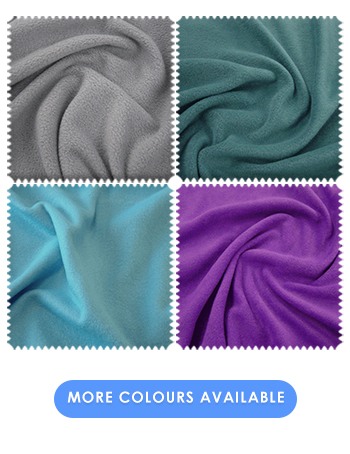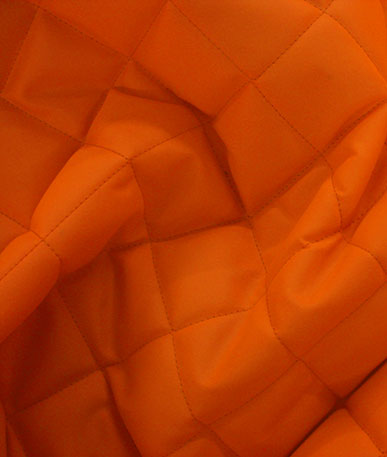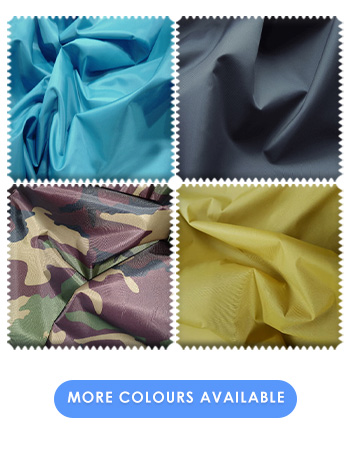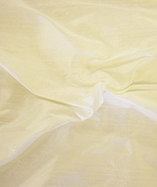| For Help & Orders call us on : 0121 359 2349 | Deliveries delays & Information read here |
Fabric VAT Dyeing
Fabric vat dyeing is among the most ancient types of dyeing.
According to the Britannica Online Encyclopedia, vat dyeing is, "any of a large class of water-insoluble dyes, such as indigo and the anthraquinone derivatives that are used particularly on cellulosic fibers. The dye is applied in a soluble, reduced form to impregnate the fiber and then oxidized in the fiber back to its original insoluble form. Vat dyes are especially fast to light and washing.
Brilliant colours can be obtained in most shades. Originated in medieval Europe, vat dyes were so named because of the vats used in the reduction of indigo plants through fermentation."
Uses
Fabric vat dyeing is useful for dyeing man-made fibers such as viscose, as well as for natural fibers, such as cotton. However, vat dyeing cannot be used on wool. The process is used when a single dye color is desired, which results in a solid shade over the entire garment. The opposite of vat dyeing is direct dyeing, such as tie-dyeing.
Classification
Because vat dyes have different chemical properties and origins, vat dyes are classified into the following categories, according to Textile Learner:
- (a) Indigo, including both natural and Synthetic
- (b) Thio-indigo dyes, containing sulphur.
- (c) Indigo derivatives, such as the brom-indigos; usually not derived directly from indigo itself, but built up synthetically.
- (d) Anthraquinone derivatives, including the various Indanthrene, Marione, Algol dyes, some Helindone, and others.
- (e) Carbazol derivatives, of which Hydron Blue is the chief representative
Process
Because so many chemicals are involved in the process, fabric vat dyeing is not usually performed at home. Fabric vat dyeing is typically not done by home-dyers as the process requires a reducing agent to solubilize it. In order for vat dyes to work, they must be handled carefully and combined with lye (sodium hydroxide) and other materials.
Like other dyeing processes, the dye is first pasted. After that, lye is dissolved into cold water. The two are combined, along with the addition of sodium hydrosulfite. The fiber to be dyed is wetted separately and then the dye mixture added. After being allowed to soak, the fabric is then removed and allowed to oxidize, bringing out the final color. The fabric is then washed and dried. This final step is important to ensure that the best fastness properties occur, especially for washing and rubbing fastness.
Benefits
Overall, fabric vat dyeing tends to be the best in light fastness as compared to the other dye processes.
Disadvantages
Because of the use of chemicals, vat dyeing can be expensive as well as impractical for home-dying. Also, some vat dyes, such as indigo, are prone to crocking, meaning that the dye easily rubs off onto other items.
Sources:
































